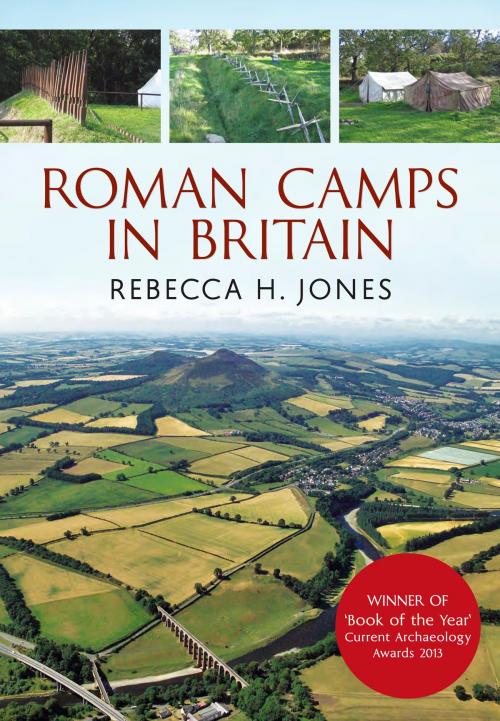Roman Camps in Britain
Nonfiction, Social & Cultural Studies, Social Science, Archaeology, History, Ancient History| Author: | Dr Rebecca H. Jones | ISBN: | 9781445612119 |
| Publisher: | Amberley Publishing | Publication: | February 15, 2012 |
| Imprint: | Amberley Publishing | Language: | English |
| Author: | Dr Rebecca H. Jones |
| ISBN: | 9781445612119 |
| Publisher: | Amberley Publishing |
| Publication: | February 15, 2012 |
| Imprint: | Amberley Publishing |
| Language: | English |
The Roman Empire was one of the greatest of the ancient world, and expanding and maintaining that Empire required military might. While considerable research has been undertaken on Roman frontiers, fortresses and forts, Roman camps, the subject of this book, are one of the bridesmaids of the study of the fortifications of the Roman army. Although basic and only occupied for a short period, a number of camp sites have survived the ravages of time to tell us something of the movements and activities of the Roman army. They have now been recorded the length and breadth of the Roman Empire, but the area with the largest number of recognised camps is that of the island of Britain, with nearly 500 now known. Rebecca Jones commences this fascinating study with a general overview of the Roman conquest of Britain and an explanation of what Roman camps were used for and looked like. The focus then moves on to the archaeology of Roman camps in Britain, exploring how we know what we know and looking at the re-use and survival of these structures. Recent excavation and survey work is considered, as well as the distribution of camps and how our archaeological understanding can help interpret their chronology and context.
The Roman Empire was one of the greatest of the ancient world, and expanding and maintaining that Empire required military might. While considerable research has been undertaken on Roman frontiers, fortresses and forts, Roman camps, the subject of this book, are one of the bridesmaids of the study of the fortifications of the Roman army. Although basic and only occupied for a short period, a number of camp sites have survived the ravages of time to tell us something of the movements and activities of the Roman army. They have now been recorded the length and breadth of the Roman Empire, but the area with the largest number of recognised camps is that of the island of Britain, with nearly 500 now known. Rebecca Jones commences this fascinating study with a general overview of the Roman conquest of Britain and an explanation of what Roman camps were used for and looked like. The focus then moves on to the archaeology of Roman camps in Britain, exploring how we know what we know and looking at the re-use and survival of these structures. Recent excavation and survey work is considered, as well as the distribution of camps and how our archaeological understanding can help interpret their chronology and context.















